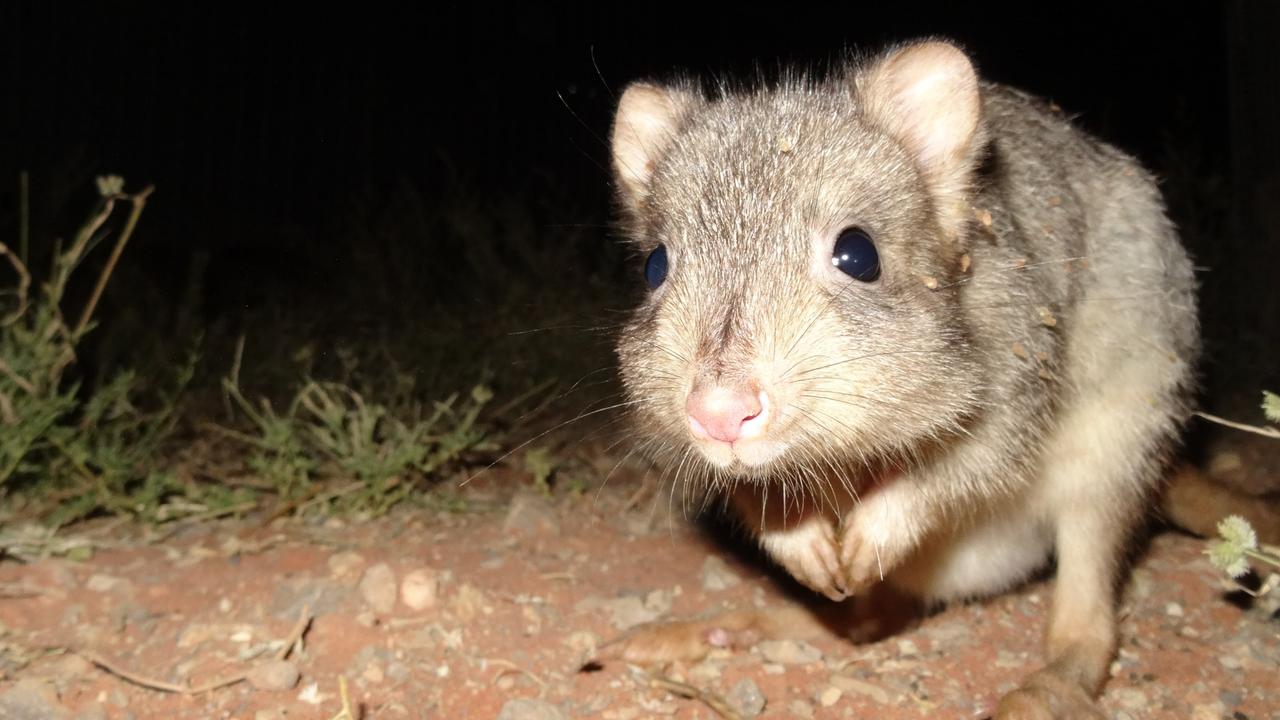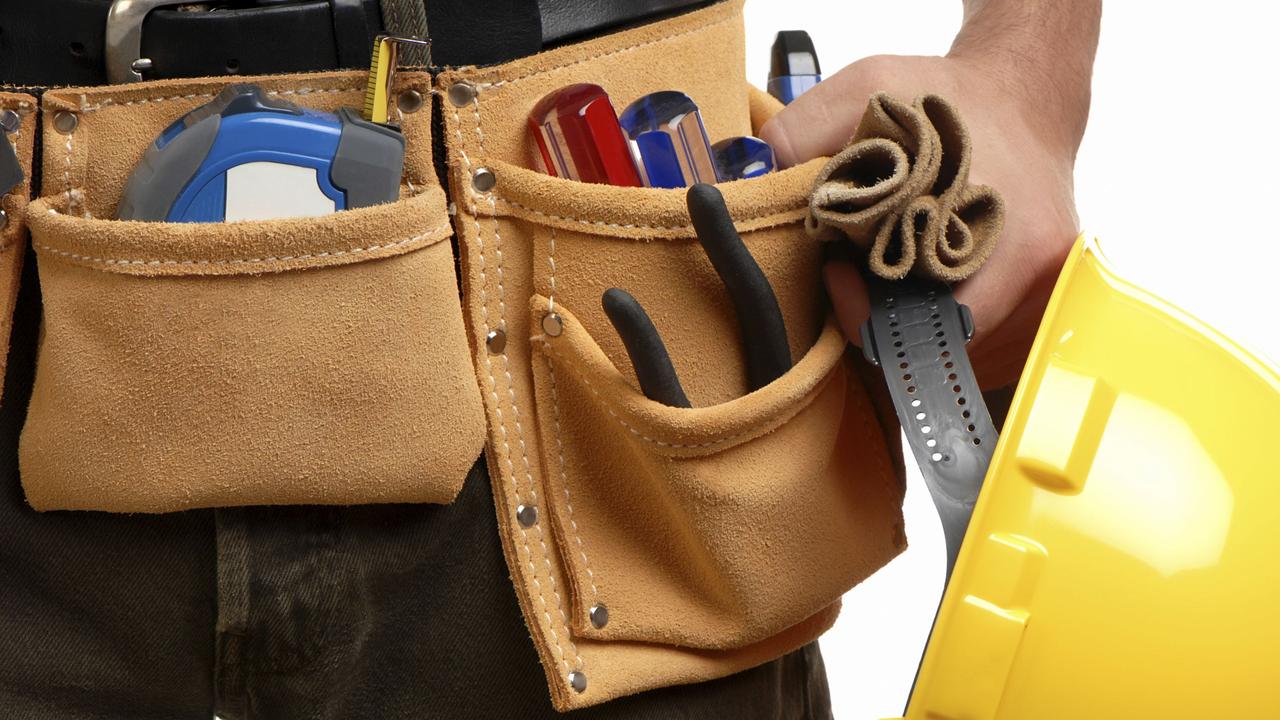Shipbuilding: SA’s jobs of the future
IT’S time to look beyond the “valley of death” as the billions of dollars being spent on the naval defence industry are creating waves of employment opportunities for decades to come.
SA News
Don't miss out on the headlines from SA News. Followed categories will be added to My News.
SOUTH Australian parents, teachers and youth have been issued a “call to arms” to start planning now for the anticipated demand for skills from the shipbuilding industry in the coming decades.
The Federal Government’s Naval Shipbuilding Plan, released in May, details three continuous build programs worth billions of dollars for 12 offshore patrol boats, nine frigates and 12 submarines, with the construction and maintenance activities to be shared by SA and WA.
Core shipbuilding work will begin in SA from 2018. Work on a $535 million revamp at the Osborne Naval Shipyard started this week.
Osborne will be the construction base for the future submarines, frigates and initial work on the offshore patrol boats, the Plan says.
“This is kind of a call to arms really for people,” BAE Systems Australia human resources director Shelley Willsmore says.
“People don’t really realise the longevity of what this program is.
“These ships are going to be built for the next 30, 40 years. Parents and teachers (need) to really start actively promoting the opportunities that are going to exist within shipbuilding and within South Australia.
“We have got some excitement in terms of the opportunities that can be created ... but it’s the people that haven’t even started school now (that) we need to encourage to head in the right direction.
“The more that can be done in terms of encouraging people to go into science, technology, engineering and maths (STEM) subjects, and to get the necessary skills so that we can deliver on our advanced manufacturing capabilities and produce the workforce we need in SA, the better,” she says.
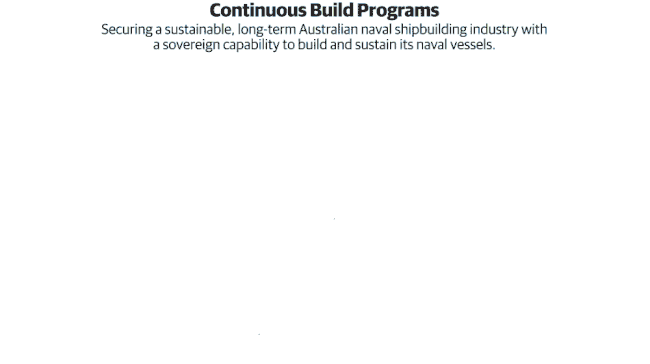
The industry, academia and government are collaborating on initiatives like the Joint Open Innovation Network to drive research, development and innovation of defence technologies and promote STEM across schools and universities while looking at transitioning the existing workforce, especially from Holden, which will shut down in October.
BAE Systems, Fincantieri and Navantia are short-listed for the $35 billion frigate project, with a final selection to be made in 2018.
The so-called “valley of death”, referring to the gap between large contracts, has seen the industry shed thousands of employees over the past five years as construction work on the air warfare destroyers nears completion.
While critical experience and skills have been lost, the industry will require more than 5200 staff employed in construction activities and more will be needed in managerial and high-technology and engineering roles by 2026.
“Over 15,000 personnel will ultimately be directly or indirectly employed in the naval shipbuilding enterprise,” the Plan says.
More work will see BAE set up a large apprenticeship program in Adelaide — similar to one it runs in the UK — to develop its future skills base, but will immediately need project managers, engineers of various disciplines and supply change managers.
The group, with a 3500-strong national workforce, expects to more than double its SA positions by the late 2020s.
Naval Group (formerly DCNS), which is delivering the $50 billion future submarines project, says the program is bigger than the sum of its parts — it’s a national program that will contribute to Australia’s industrial development. “There is a huge amount of work to be done and we need to take our time to ensure we get everything right,” chief executive Brent Clark says. “This program will be enduring and create employment for many generations of Australians for decades.”
With the infrastructure to build the submarines going into Adelaide from next year, Naval Group is looking for suppliers with expertise in civil works, consultancy, building and engineering.
For the submarine program, the company is looking for suppliers with expertise in mechanical and fluid systems, raw materials, software and hardware, production and industrial services.
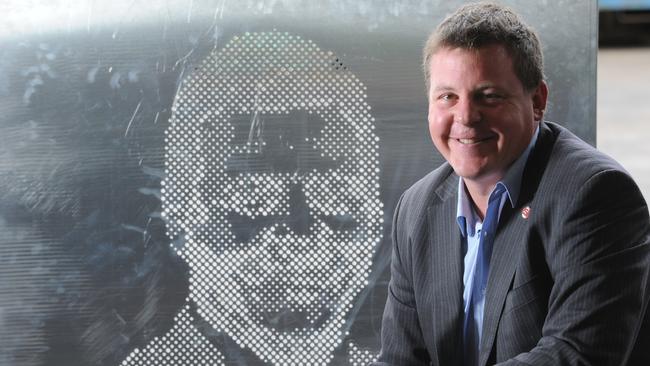
THE CEO: Challenging, ‘but the passion keeps me going’
Craig Williams is passionate about the defence industry.
So much so that the managing director of J & H Williams continues to vie for defence contracts despite the challenging nature of the industry. “It’s without a doubt challenging,” he says. “But I’m very passionate about defence.”
The Port Adelaide manufacturer has driven expansion since the business won preferred supplier to the Hobart-class air warfare destroyer (AWD) project in 2010. The company mainly provided heating, ventilation and air conditioning components.
It took J & H Williams, which celebrates its 70th anniversary this year, nearly a decade to upskill and recruit staff for the project. But since then defence spending has dried up and J & H Williams reduced staff from 38 to a mere 13.
Nevertheless, Mr Williams is preparing for the next defence contracts that could flood in after the bidders are announced for the $3 billion offshore patrol vessel (OPV) and future frigates projects. J & H Williams is offering its services to the OPV bidders, but Mr Williams says the “big gains” will come from the future frigates project, worth $35 billion. “But I can’t see that happening before 2020/23,” he says.
Mr Williams, 43, joined the company, which was founded by his grandfather in 1947, in 1991 before taking over as managing director in 2002.
He says he has been in the industry long enough to know better but his heart is in defence.
“I think we have a very capable industry in Australia to be able to service the needs of the defence force,” he says.
“The quality that comes out of Australia, whether it be sea, air or land systems, is second-to-none. And it’s really important that we sustain our capabilities.”
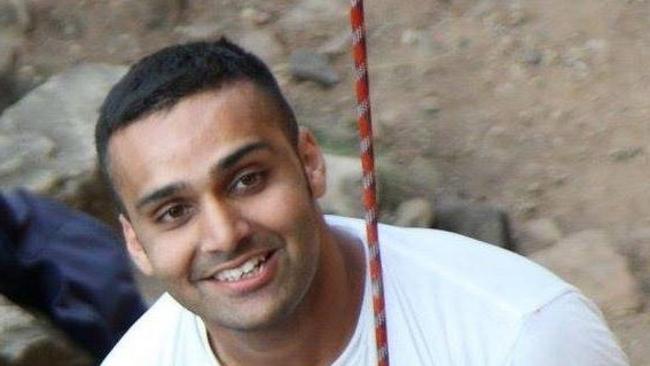
THE ENGINEER: ‘Love the diversity’
For the ordinary person, a weld may just be a weld. But for Rahim Kurji it is at the centre of his young but successful career.
The welding engineer, 31, says he loves the diversity of his job. This week, he was working the night shift at the Port Pirie smelter. By next week, he will be back in his Melrose Park office, reviewing weld procedures for an overseas client. “The most interesting thing is the diversity in some of the cases that you get,” he says. “You get a whole bunch of different problems — whether they’re coming from the mining, defence or oil and gas industry.”
Born in Kenya, Mr Kurji first came to Australia in 2005 to study a four-year bachelor degree in aerospace engineering and economics at Adelaide Uni. He completed his PhD in February and was a finalist in the Defence Teaming Centre Young Achiever Award this year for being “an outstanding young person who ... excelled in building a career in the defence industry”.
But welding was not his first choice. “I always wanted to be a pilot,” he says. “But after a long and hard conversation with my dad the idea was ... you have to do a degree to fall back on.”
Mr Kurji investigates welding failures, checks compliances and trains new staff. In the next few years, his work could take him to Adelaide’s shipyards. The welding engineer works for Australian Welding Solutions — one of many Adelaide companies likely to benefit from the $89 billion naval shipbuilding program when it ramps up in the early 2020s.
It’s a prospect that has Mr Kurji excited. “Being involved in projects where we’re working to build the capacity of Australia but also being involved in phenomenal, complex projects is exciting from an engineering perspective,” he says.
THE WELDER AND BOILERMAKER: ‘Defence, my future’
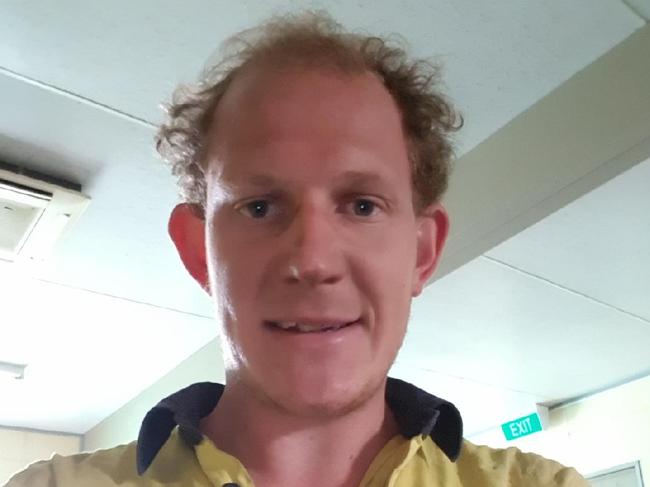
Jason Redemski knows the future of his career could depend on the defence industry. The welder and boilermaker loves his trade and would like to stay in his job for many years to come. “Still working in this industry in the future — that would be pretty cool,” he says.
Mr Redemski, 24, has been working for Smart Fabrication for about a year.
The engineering and specialist steel fabrication company led by Simon Kennedy won the 2015 Defence Teaming Centre Most Outstanding SME Award, for excelling in its engagement with the defence industry to build its capacity and boosting its footprint across two sites in Port Adelaide and Kilburn.
The company took a hit when the shipbuilding arm was knocked out of the running for a $500 million defence contract in 2015.
But Mr Kennedy is buoyed by fabricating pipes for SA Water and other work.
Now defence is back on the radar, with the $89 billion naval shipbuilding program expected to ramp up by early 2020. “Hopefully we get a fair bit of work through defence,” Mr Redemski says. “It helps secure our jobs.”
Mr Redemski, who lives in Greenacres, found his passion for working with metal when he was still at Waikerie High School. “I did metal work at school and I just liked it,” he says.
He completed a four-year apprenticeship at Agri-Tech Irrigation, in Waikerie, in 2016 before starting his job at Smart Fabrication in January. His daily work includes reading computer-aided designs and turning them into real-life metal work. “Being able to get the design, then build it and see the result — I just enjoy it,” he says.
Published with the support of BAE Systems.


